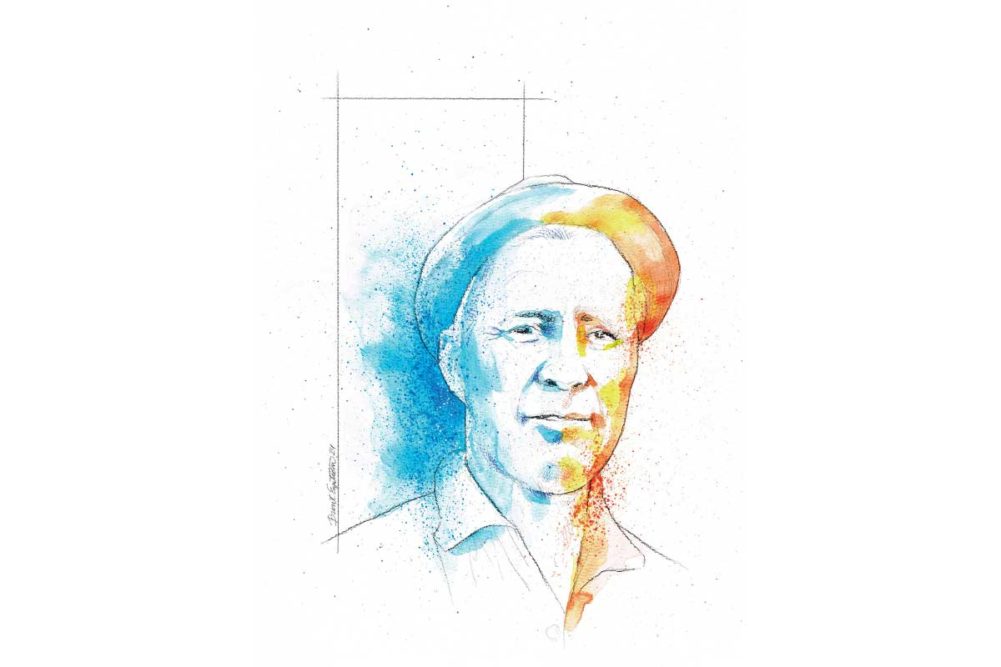From growing up on an Iowa farm to being credited with saving the lives of a billion people from starvation, Norman Borlaug’s life had an impressive trajectory.
Born in 1914, Borlaug attended the University of Minnesota and went on to become an agronomist, plant geneticist and pathologist. His work revolutionized breeding practices of disease resistance and yield capabilities. This work took him around the globe, educating farmers and working with governments. As the father of the Green Revolution that greatly improved crop yields, he was awarded the Nobel Peace Prize in 1970.
“His career was unbelievable and literally created the world of wheat that we know today. There isn’t a wheat plant grown in this world that doesn’t bear the innovative genius of Borlaug,” said Len Heflich, a Baking Hall of Fame committee member and baking industry veteran who nominated Borlaug. “Having a guy of that stature in our Hall of Fame is an honor for us, and I think anything we can do to promote awareness of what he did is wonderful because it’s a great story of how one man literally changed the world.”
In 1946, Borlaug traveled to Mexico to help improve the country’s wheat, a minor crop there at the time due to rust fungus and other diseases. It was tedious work creating these hybrids, and traveling around Mexico was an arduous journey through fields and dirt roads, Heflich explained. Borlaug lived in the fields as he worked with the farmers, developing the rust-resistant wheat.
After working with the Mexican government to fund and distribute the wheat, farmers were able to greatly increase yields. But he didn’t stop there. Borlaug went on to breed wheat plants that were shorter, which allowed them to better stand up to wind and rain. Then he developed wheat straws that had not just one tiller, or seed head, but several, which further multiplied yields. He also promoted the use of fertilizer and optimal planting densities to further improve harvests. In addition, he developed training programs for agricultural students.
With famine predicted in India and Pakistan in the mid-1960s, Borlaug took his wheat there, and both countries found success with it, averting famine altogether. Wheat production in India jumped from 12 million tons in 1965 to 17 million tons in 1968 thanks to his work. He also helped China and the Philippines, where he successfully applied his breeding techniques with rice, and later worked with African nations.
Borlaug’s biography by Leon Hesser is called “The Man Who Fed the World,” and the Nobel Committee recognized the importance of his accomplishments by writing: “More than any other single person of this age, he has helped provide bread for a hungry world. We have made this choice in the hope that providing bread will also give the world peace.”





